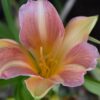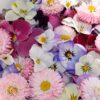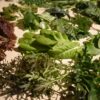The midsummer garden… If all went well with your planning and planting in spring, this is the month in which you will be reaping much of the rewards.

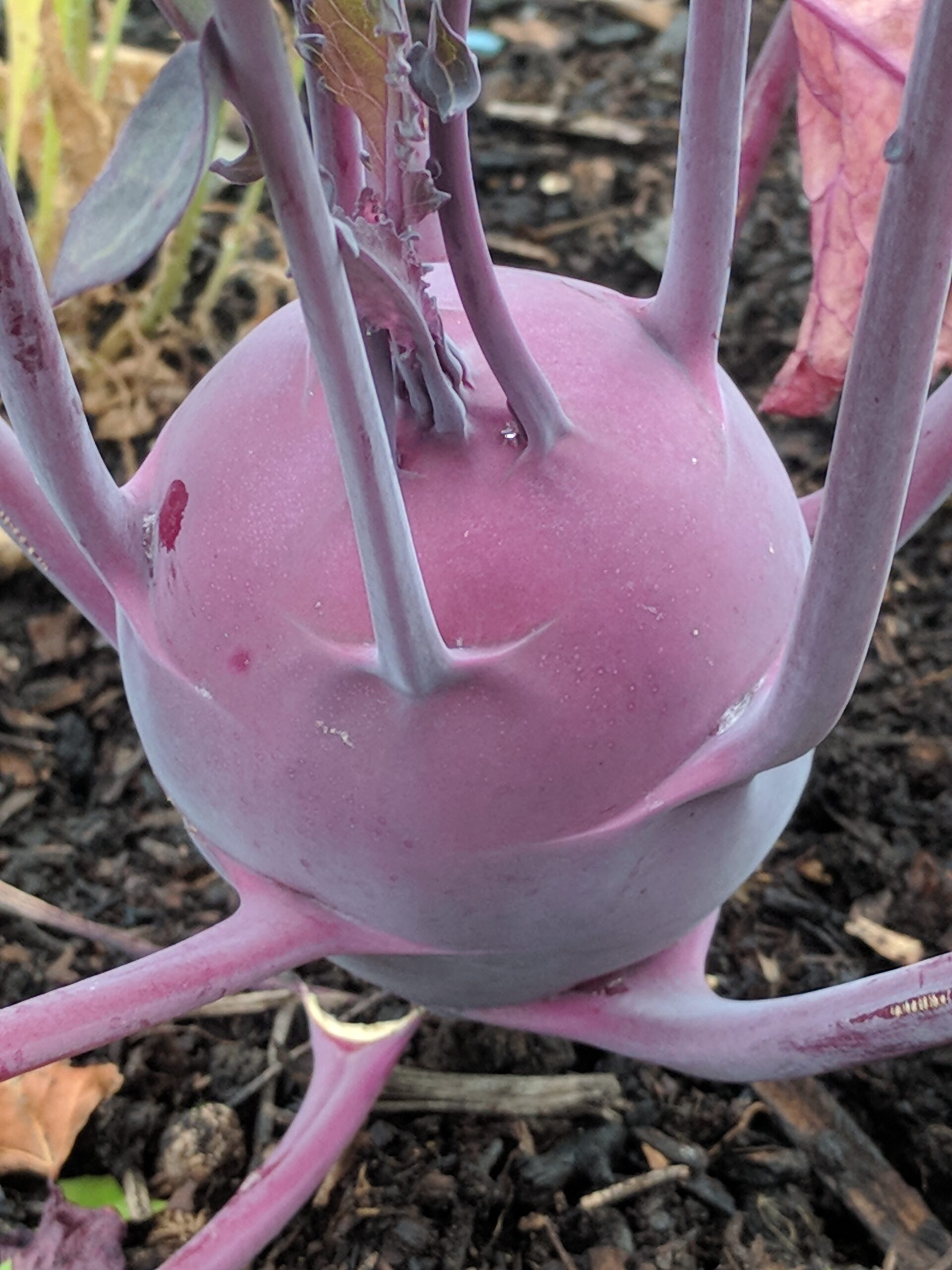
Harvest & Prune
Timely picking of fruit and vegetables can encourage more flowering and more fruit, and the garden should be providing many opportunities for just this!
It’s been a rather strange season for me so far, and I’m not nearly harvesting as much as I’d like – what with herbicide ridden soil to start with, a long, cold start to the season with highly variable lows and highs up to now, and it being pretty windy so far too… But I still managed lots of lettuce and leafy greens like spinach, silverbeet, mizuna, and radishes, kohlrabi, a few small heads of space saver cabbages and herbs nearly daily.
Harvest your ripening vegetable crops of tomatoes, chillies, bell peppers, cucumbers, beans, peas, zucchini, globe artichokes, and eggplant. If you haven’t yet, and they show signs of being ready, harvest garlic and onions.
Many favourite herbs are in full production, and can be harvested and used to your hearts content – basil, parsley, sage, rosemary, and savory, as well as thyme and oregano which are best harvested and dried just before flowering. Flowers of feverfew and chamomile for herbal teas and tinctures, also calendula petals, yarrow tops and scarlet bee balm.
Summer fruiting berries are plentiful, enjoy them before the birds get them! Protect with netting, and continue to water and feed well. Cut back summer fruiting red raspberry canes to ground level after harvesting – leaving just one or two of the strongest new season canes and stake them.
Stone and pip fruits are starting to ripen with a glut of plums coming on, and peaches, nectarines and apricots soon to follow. Get your preserving recipes ready! You can summer prune peaches, nectarines and kiwifruit where needed.
While it is a bit of a longer wait for grapes to ripen for harvesting, they can now be trimmed and new growth tied down to neaten up the vines.
Bees & Butterflies
All manner of insects are active in the garden now with the profusion of summer flowers. Some are not so desirable, but others are most welcome!
On hot and dry days, remember to put out a bee waterer in your garden to keep these hard workers hydrated. Do not spray (even organic pesticides) when bees and beneficial insects are most active during the day, and leave a few of the basil, sage, thyme and parsley in your garden to flower – not only do the bees love the flowers, but your plants will set seed and you can collect your own seed for the next growing season.
Monarch butterflies are enjoying artichoke flowers, scabiosa, coneflower and sunflowers.
Remember companion planting to encourage beneficial insects, and to keep pests at a minimum.
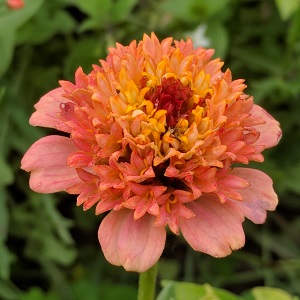
Flowers
There are so many gorgeous flowers to enjoy in the gardens at the moment, with dahlia taking the show!
Cut back and dead head summer flowers to encourage a new flush.
Edible flowers can be a great addition to your dishes, so make use of your calendula petals, roses, lavender, sage and thyme blossoms, chive blossoms, zucchini flowers, sunflowers, nasturtiums, violas and pansies, and even hibiscus flowers and hollyhocks.
Roses can be given a summer prune so that you can enjoy flowers again in autumn.
Spring flowering bulbs like Anemone and Ranunculus can be set out.

Seeds
Saving seeds from your own garden for use in the new season is very rewarding! After the profusion of flowers, your plants will produce seeds to collect, or in some cases, it’s better to just let the seed spread, fall, shoot, and fly to new spots in your garden all on their own.
Sow & Plant
Seed potatoes can be put in for an autumn crop.
Sow fast growing leaf vegetables and herbs like lettuce, mustard greens, coriander and rocket every few weeks for a continuous harvest. Remember coriander prefers a cooler spot during mid summer otherwise it will go to flower and seed too soon (bolt), leaving you without leaves to harvest.
Always check which climate area you fall in before sowing seeds or planting out seedlings – there’s a marked difference between regions, and remember to take into account your own garden’s microclimates! Generally speaking though, it is perfect time to sow :
- Basil
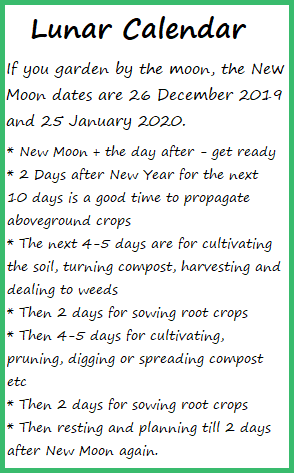
- Beetroot
- Beans (climbing and dwarf)
- Broccoli
- Cabbage
- Carrot
- Cauliflower
- Celery
- Celeriac
- Chervil
- Chives
- Cucumber
- Dill
- Kale (cooler areas)
- Kohlrabi
- Leeks
- Onion
- Pak choi
- Parsley
- Parsnip
- Radish
- Silverbeet
- Spinach
- Spring Onion
- Swede
Flowers to be sown now include cleome, phacelia, sunflowers and violas.
Plant seedlings of summer vegetables that will still grow and develop quickly for another crop before winter sets in, e.g. zucchini, eggplant, tomato (especially cold season tomatoes such as Subarctic Plenty, Russian Red and Tobolsk), capsicum and chillies.
Calendula, alyssum, dahlia, bergamot, and coneflower (Echinacea) seedlings and young plants can be transplanted into the garden now.
Maintenance
Ongoing tasks such as watering, weeding, mulching and feeding should be kept up throughout the rest of summer.

